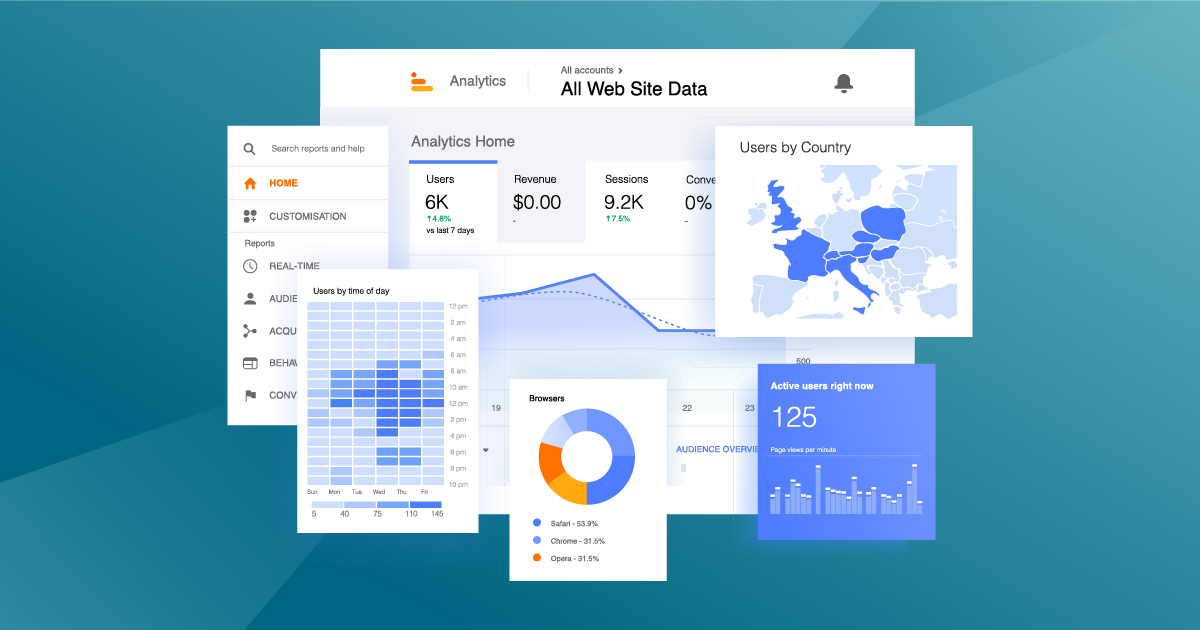While there are countless blogs being published every day, your business is not competing against every blog available, you are only competing against those who are also targeting your defined audience. Blogs are about delivering content of value to a specified audience. It is about providing authentic, helpful information that will benefit your audience, and in return exemplify your business’ expertise and leadership in the industry.
Creating a business blog is a proven tactic for improving your marketing strategies. This best practice guide outlines the main topics for creating conversion-worthy blog posts. For more information about the content covered in the blog best practice guide, please reach out to the Evolve Systems marketing team.
“On average, companies with blogs produce 67% more leads per month” –DemandMetric
The blog best practice guide covers the following topics:
- Blog Topics
- Headlines for Blogs
- Images for Blog Posts
- Categories and Tags
- Blog Layout: Headers & Paragraphs
- Blog Length
- Keywords for Blogging
- Links in Blog Posts
- Blog Call to Actions (CTAs)
- Sharing Your Blog Posts on Social Media
Blog Topics
To create a blog that will perform well, such as generate website traffic or complete form fills, the blog must be relevant to your audience. To encourage them to open and read the blog, the topic needs to be about something they find interesting enough to take the time to click and read.
To do so, your business needs to identify your niche and then create content that will intrigue them based on their interests, questions, or common issues.
How to determine relevant blog topics:
- Track common questions, subjects, or themes your clients discuss
- Research competitors’ blogs
- Research industry leaders’ blogs
- Ask your clients or audience about topics they are interested in
- Work with your marketing agency to put a plan together
Headlines for Blogs
“According to Copyblogger, 80% of your visitors will read your headline – but only 20% will go on to finish the article. In other words, a great headline isn’t just something you wish you could create. It’s crucial. Game changing, you could say.” – Neil Patel
In order for someone to read your blog, they need to first click on the link. The best way to capture the attention of your audience is to have a strong blog headline.
How to create strong headlines:
- Write headlines that will resonate with your audience
- Use language they are familiar with
- Include niche-specific words or phrases
- Ultimately, you know your audience best
- Research
- Track what you click and read – start to understand what headlines make you want to read more
- Ask your clients or audience what their favorite blogs are
- Research your competitors and industry leaders
- Read the Step-by-step guide for writing headlines (by Neil Patel). Some practices Patel mentions include:
- Use specific numbers and data in your headline
- Utilize a unique rationale – give your audience a reason to read your blog (tips, ideas, secrets)
- Include a call for attention, for example, the four U’s (unique, ultra-specific, urgency, useful)
Images for Blog Posts
“The more visual the content, the more likely it is to succeed.” – Orbit
When sharing blogs, the link often includes a preview image. For WordPress blogs, these are called featured images.
- Ideal image sizes for WordPress blogs
- Featured Image: 1200 x 628 pixels
You can use a variety of images for your blog’s featured images, such as personal photographs, stock photos, graphics, gifs, etc. These options are best used based on your business’ brand style and industry. The image should relate to the blog’s topic to provide a visual representation of what the content will cover and entice the audience to read.
To create the images, we suggest using the free tool Canva, and repurposing the business images you currently have in stock.
- Tool suggestion: Canva (canva.com)
- Create custom dimensions or use templates
- Free photos and graphics
- Upload images and resize to correct dimensions
Blog Categories and Tags
When creating the blog on your WordPress website, you have the option to categorize your blogs and add tags. The categories are high-level groupings of your posts and tags are more specific details. Categories and tags are used to organize your blog posts so the reader can understand what the blog post is about and view similar blogs.
Examples of categories:
- Service offerings
- Product categories or types
- Events
Examples of tags:
- Common themes among the services
- Individual products names
- Name of the events
Blog Layout: Headers & Paragraphs
It is easier for readers to digest and stay engaged with content when it is broken into smaller pieces. Use headers, paragraphs, and lists to naturally split up content.
Search engines also rely on the structure of content to understand and rank content. To comply with these preferences, search engine optimization (SEO) recommends using different header types to organize content, these are called Header 1 (h1), Header 2 (h2), Header 3 (h3), etc. An h1 should be the primary title or headline of the blog and the h2s and h3s should separate the body of the blog.
- Use headlines to create a hierarchy of content
- Blog title: Header 1 (h1) – There should only be one h1 per blog or page, don’t use it in the body content
- Blog subheadings: h2 & h3 – Use these in the body of the blog to organize the content with section headings
Blog Length
Depending on the purpose of the blog the length can vary, although there are a few standard SEO best practices:
- The blog should be longer than 300 words
- The ideal range is between 500-700 words
- For blogs on in-depth topics that require more explanation, then around 1,200 words are ideal
Keywords for Blogging
You can conduct keyword research using tools such as Moz Keyword Explorer Chrome extension or Ahrefs for free tool options or Semrush and Google’s Keyword Planner.
For a strategic keyword list, work with your marketing agency to create blog-specific keywords that will help rank your blog and reach your target audience.
A few suggestions for integrating keywords into your blog:
- Do not keyword stuff
- Do not try to fit as many keywords into your blog as possible, the content still needs to make sense and flow. The topic is intended to teach or share with your audience, if it doesn’t make sense because of how it’s written, it can’t do that.
- Balance content quality with keyword value
- First and foremost, the copy needs to provide value to the reader
- Keywords should be used naturally
- Try to use keywords in the blog headline and body headers
Links in Blog Posts
“Companies who blog get 97% more links to their websites.” – OptinMonster
A few suggestions for using links in blogs:
- Include links to your website pages and blogs when relevant – this makes it easy for the reader to click and visit your other content that is of interest to them
- Link to relevant websites, studies, or research to help add expertise and validation to your blog posts
- Edit your links so that they open in a new tab if it opens to a new website
Blog Call to Actions (CTAs)
“More than half of content marketers say blog content is their top inbound marketing priority.” – Oberlo
Include a CTA in each blog, typically at the end of the blog, along with an actionable item. Determine the purpose of your blog and what is the next step you want them to take.
A few CTA examples include:
- If your blog is discussing a product or service you provide, create a CTA that encourages the reader to learn more about the product and service by linking to the associated page
- If your blog focuses on your company’s value or onboarding process, add a CTA that calls for the reader to contact your business to get started
- If your blog is a part of a larger campaign, such as promoting an event, include a link to the event’s registration page.
Sharing Your Blog Posts on Social Media
In order to promote your blog, one of the best ways is to share it on social media. When sharing, you want to include a caption that will engage your audience and encourage them to read the blog. Below is an overview of some technical considerations when writing your social share.
- Facebook
- Ideal post length: 1-2 sentences (40-80 characters)
- Ideal number of hashtags: 1-2
- LinkedIn
- Ideal post length: 1-2 sentences (50-100 characters)
- Long-form post: Max 1,300 characters
- Ideal number of hashtags: 1-5
- Twitter
- Idea post length: 1-2 sentences (71-100 characters)
- Max length: 280 characters
- Ideal number of hashtags: 1-2
Note: For Facebook and LinkedIn, remove the blog’s URL from the caption once the blog has auto-populated. This allows the blog to still link but makes the post more clear and easy to read.
Creating a great blog is just the first step to improving your marketing strategy. There are other important considerations for getting the most out of your business blog, from the blogs’ layout design to how the blog is promoted. Blogs are just a single tactic to support your overall marketing strategy. To learn more about creating quality blogs and strategic marketing plans, contact our marketing team at Evolve Systems.







